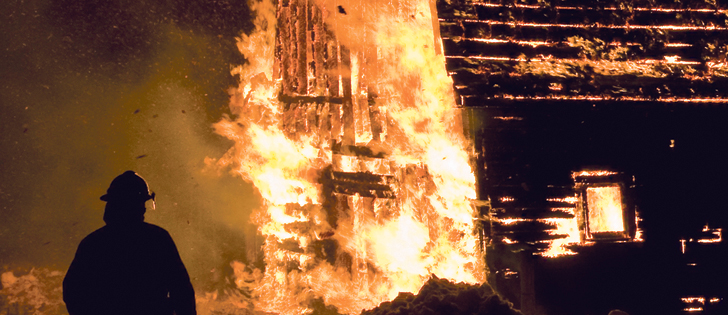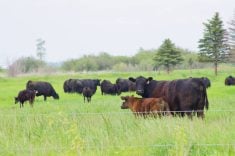Every year across Canada, barns tragically go up in flames. Last year, a highly publicized barn fire in Puslinch, Ont., killed more than 40 racehorses with losses estimated in the millions of dollars. Investigators determined that the cause was an electrical issue.
In response to this fire, the Puslinch Fire and Rescue Services and Ontario’s University of Waterloo deliberately ignited a barn slated for demolition to research the earliest stages of barn fires.
They found that within four minutes, temperatures reach an astounding 1,200 C. The barn’s roof collapsed 18 minutes after ignition.
Read Also

Canada told trade crisis solutions in its hands
Canadians and Canadian exporters need to accept that the old rules of trade are over, and open access to the U.S. market may also be over, says the chief financial correspondent for CTV News.
This work shows how quickly a barn fire can spread and that animals inside may be irretrievable after the first few minutes.
In addition to huge economic and emotional impacts, fires have obvious animal welfare implications. The speed and ferocity with which barns burn makes saving animals nearly impossible in many fires.
Animals trapped in burning buildings most often die of smoke inhalation, although death from heat and trauma from collapsing structures is also possible.
In addition to being hot, smoke contains many toxic substances generated from the fire that damage nasal passages and the windpipe. The toxins in smoke, like carbon monoxide, displace oxygen from the air. The lack of oxygen further compounds the direct damage, leading to coma and death.
To determine cause of death, veterinary pathologists examine the airways for black soot to confirm that the animals died of smoke inhalation. If soot in the airways is not present, the animal likely died before the fire.
In animals that survive, smoke inhalation and burns are the two most important health concerns.
Animals affected by smoke inhalation may appear otherwise healthy. It can take up to two days for clinical signs to develop after exposure.
The signs include loud and rapid breathing, black-grey nasal discharge, wheezing and coughing. If animals also inhale significant carbon monoxide, there may be lasting brain damage.
Smoke inhalation is treated with supportive care, including anti-inflammatory medications, oxygen supplementation and tracheostomy, in which a tube is inserted into surgically created hole to assist breathing, if upper airway swelling is substantial.
Burns in animals are classified as superficial (first degree), partial-thickness (second degree) and full thickness (third degree). The prognosis of animals affected by burns depends on the depth and size of the skin affected. Small, superficial wounds heal quickly with minimal scarring while deep third-degree burns are prone to infection and can carry a poor prognosis. Supportive care for burns includes intravenous fluids to manage dehydration, pain medication and wound care with frequent cleaning and bandaging if the wound location permits.
Barn fires can be caused by human activities (arson, careless smoking), electrical, spontaneous combustion (hay) and undetermined causes.
Evidence suggests that barn environments may be corrosive to electrical equipment, which can eventually lead to fires. This is why barns are ideally designed to keep electrical equipment separate from where animals are housed. Restricting all electrical appliances (microwave, coffee maker etc.) to a single room with an automatically closing door may also reduce the risk.
There are many excellent online resources that provide detailed recommendations to reduce the risk of barn fires. Here are a few tips that could apply to any size of barn and farming operation:
- Develop an emergency plan and practice it regularly.
- Know your address and land location for notifying emergency responders.
- Keep barn aisles and surrounding area free of combustible garbage and unnecessary clutter. Ensure all exits are clear and accessible.
- Maintain year-round road access to multiple (preferably all) sides of the barn by clearing snow and keep nearby weeds, grass and trees neat and trimmed.
- Install a fire extinguisher and learn how to safely use it.
- Install fire alarms and preferably link these to a remote alarm system.
- Store only a few days’ supply of feed and bedding inside barns.
- Limit use of appliances and extension cords and immediately unplug electrical items when not in use.
While a barn fire is among any livestock owner’s worst nightmares, putting thought and effort into fire prevention and safety can greatly reduce the risk.

















